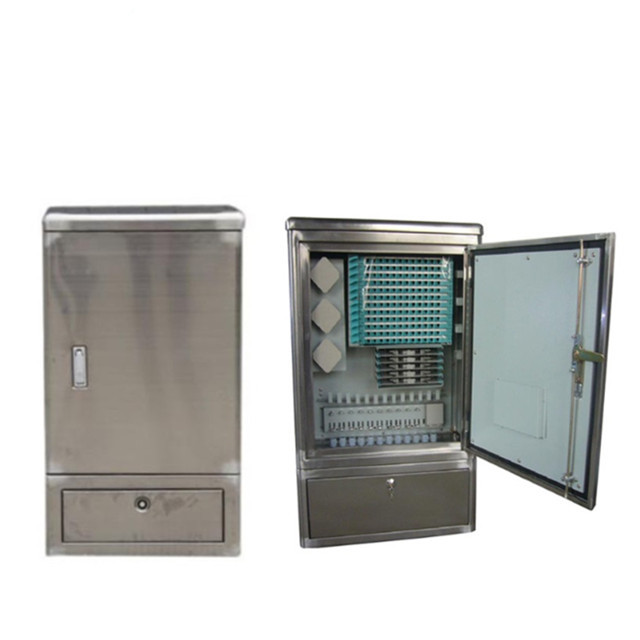- Sales SupportContact Sales
- Call us at: +(86) 15211074652
- Send us a email at: info@zr-fibercable.com
Optical fiber distribution box structure
The optical fiber distribution box is to protect the connection point where the optical cable is connected to the user end, so that the optical cable access point is stable, dustproof and waterproof. Minimize the interference of the optical cable access signal to the external environment.
1. The position of optical fiber distribution box in optical cable communication
The transmission of optical signals in optical cables is like the flow of tap water in water pipes. During the transmission process, when the user needs it, it needs to be shunted to the user, but the shunt node needs to be protected to prevent light leakage and formation. A node protection device that splits optical signals is called a fiber optic cable splitter. This is where it stands in the field of optical communications.
2. Application scenarios of fiber optic distribution boxes
The optical network signals of end users are usually divided into three situations: fiber-to-the-home, fiber-to-the-building and fiber-to-the-curb, which are the last mile of optical cable communication. The installation positions of the optical fiber distribution boxes are also different in the three cases. FTTH is on the floor, in corridors, FTTH is on the walls of buildings, and FTTH is usually installed on utility poles.
3. Internal structure of optical fiber distribution box
The function of the optical cable junction box is mainly to protect and divide the optical cable. Then its structure is divided into four parts,
Optical cable entrance: This interface is mainly used for external optical cable access. The inserted optical cable plays a fixed role at the entrance and is not easy to loosen. And the cable inlet is generally under the fiber optic distribution box, so the waterproof effect is good.
Splice tray: The external fiber optic cable should be welded together with the splitter or the headless end of the pigtail in the fiber optic junction box. A splicing tray must be used to facilitate welding and improve the success rate of welding. The picture shows the splicing of optical cables after alignment.

Fiber optic distribution box fusion splicing tray
Cable Splitter Tray: Some models offer some cable splitter trays, some don't, as this is only used as a fixture to make it easier and more compact when installing the splitters and pigtails. In different types of optical cable distribution boxes, various shapes of optical cable distribution frames and splicing trays can be seen, but the functions are the same. This is just the result of continuous improvement, making optical cable splicing and wiring more convenient in practical applications.
Socket: The number of sockets can determine the basic model of an optical fiber distribution box, such as 8 sockets, then it is basically an 8-core optical fiber distribution box, and the socket is much smaller than the entrance, because the receiving cable comes from the user. Based on the pigtail, these jumpers are much smaller in diameter.
4. Classification of optical cable distribution boxes
Optical cable distribution boxes can be divided into 4 cores, 6 cores, 8 cores, 12 cores, 16 cores, 24 cores, 36 cores, 48 cores, etc. according to different capacities. The most commonly used ones are 8 cores and 16 cores.
According to the installation method: it can be divided into wall-mounted and pole-mounted.
According to application scenarios: it can be divided into indoor type and outdoor type.
According to the function: it can be divided into ordinary optical fiber distribution box and optical fiber distribution box with fusion splicing function.
5. The material of the optical cable distribution box
At present, the materials used in mainstream optical fiber distribution boxes are: SMC, ABS+PC, ABS, PP. The quality of the four materials is arranged in order from best to worst, and the cost from high to low is the material density, gloss, and electrical resistance of these materials.
You might be interested in
We use cookies to ensure that we give you the best experience on our website. By clicking on "Accept" or continuing to use this site, you agree to our use of cookies in accordance with our Cookie Policy .You can refuse the use of cookies here.
Accept

